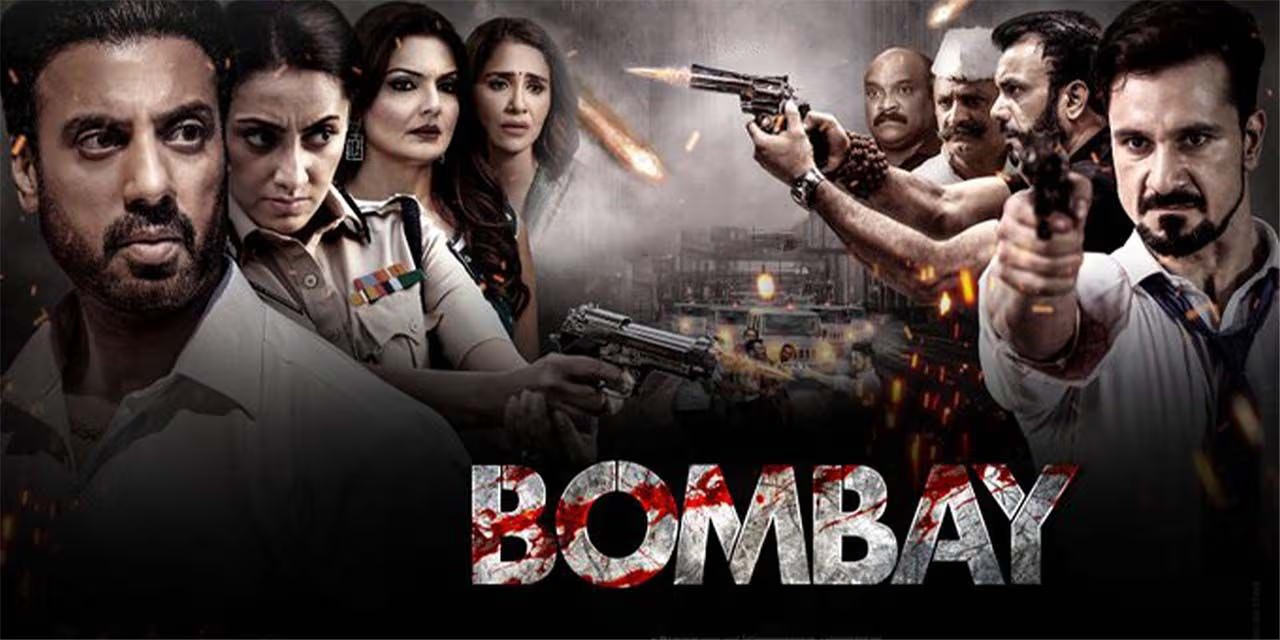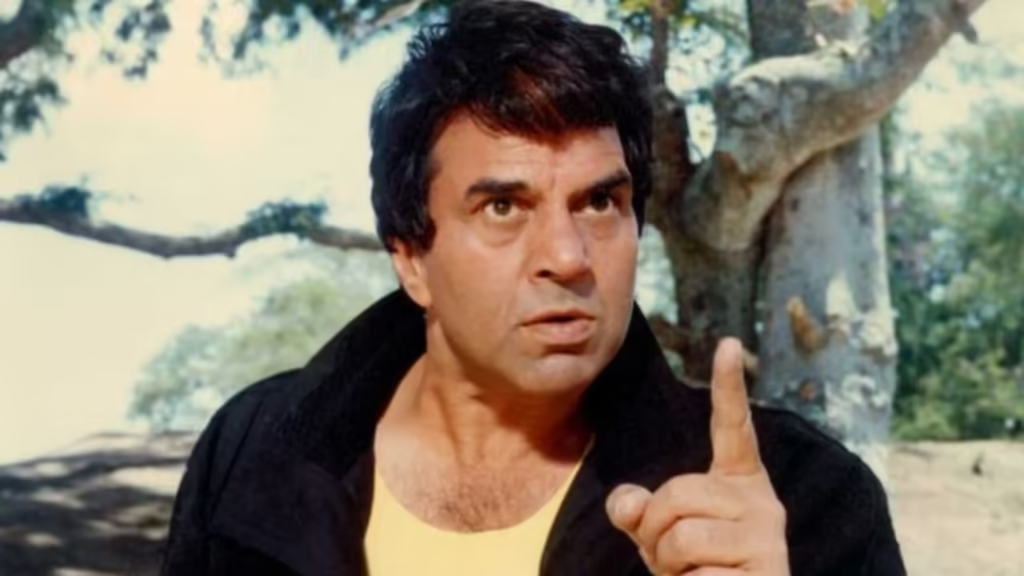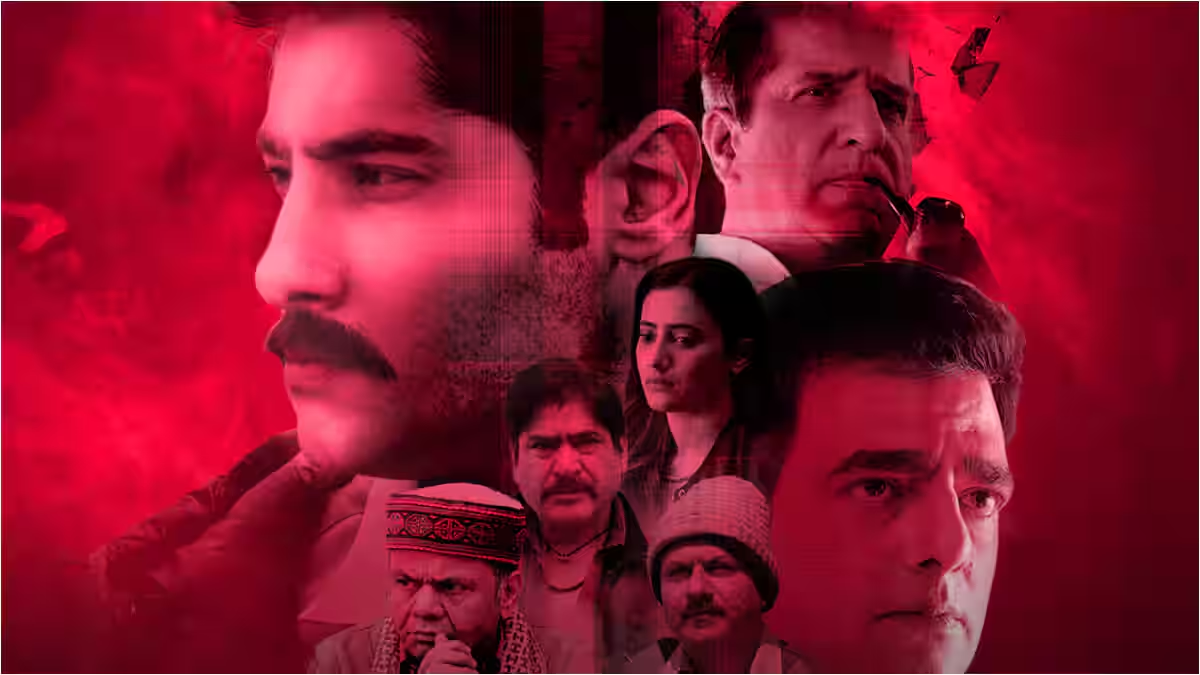Now Reading: ‘Bombay’: Sanjay Niranjan’s Action Crime Drama Released on May 30
-
01
‘Bombay’: Sanjay Niranjan’s Action Crime Drama Released on May 30
‘Bombay’: Sanjay Niranjan’s Action Crime Drama Released on May 30

Bombay, directed by Sanjay Niranjan, hit the screens on May 30, bringing a gritty crime drama to Indian audiences. Set against the backdrop of the bustling metropolis, the film delves into the world of gang wars, political corruption, and moral ambiguity. With a narrative rooted in crime and survival, the film seeks to engage viewers from urban and Tier 2 cities alike who are drawn to raw, realistic storytelling.
A Tale of Power, Crime, and Conflict
Bombay paints a dark and layered picture of life in the underbelly of the city. The plot revolves around crime syndicates, betrayal, and how ordinary lives get entangled in extraordinary violence.
The film uses the city of Mumbai not just as a backdrop but as a living, breathing character that influences every twist and turn in the story. From narrow alleys to high-rise politics, the script explores how deeply crime runs in the system.
Direction and Visual Tone
Sanjay Niranjan’s direction aims to capture the harsh reality of street life, with handheld camera work and muted colours giving the film a documentary-like texture. The pacing is tight, keeping the audience engaged through unpredictable plot developments.
Though the film stays close to genre conventions, it does make room for emotional beats—especially in scenes involving families affected by crime. This duality between action and emotion broadens its appeal beyond core crime drama enthusiasts.
Performances and Character Arcs
The cast features a mix of experienced and fresh faces, with performances that lean toward realism rather than dramatics. Characters are flawed and complex, reflecting the socio-political chaos around them.
The lead actors carry the narrative with restrained intensity, making it easier for viewers to connect with their struggles. These portrayals are particularly resonant in Tier 2 cities, where stories of struggle and ambition often mirror real-life experiences.
Regional Appeal and OTT Potential
While Bombay is designed for theatrical viewing, its raw format and strong plotline may find a second life on OTT platforms. Audiences in smaller cities—such as Indore, Patna, and Nagpur—who have increasingly embraced digital cinema, may be drawn to its grounded storytelling.
Moreover, the film’s commentary on systemic corruption and urban crime is not limited to Mumbai. Similar issues exist across Indian cities, making the film relevant to a wider national audience.
Final Thoughts
Bombay doesn’t promise glamour or high-octane spectacle. Instead, it presents a slice of India’s urban crime reality, marked by tension, loss, and survival. For viewers seeking substance over style, and stories that reflect the complexity of modern Indian cities, Bombay offers a gripping watch with enough depth to leave a lasting impression.

























